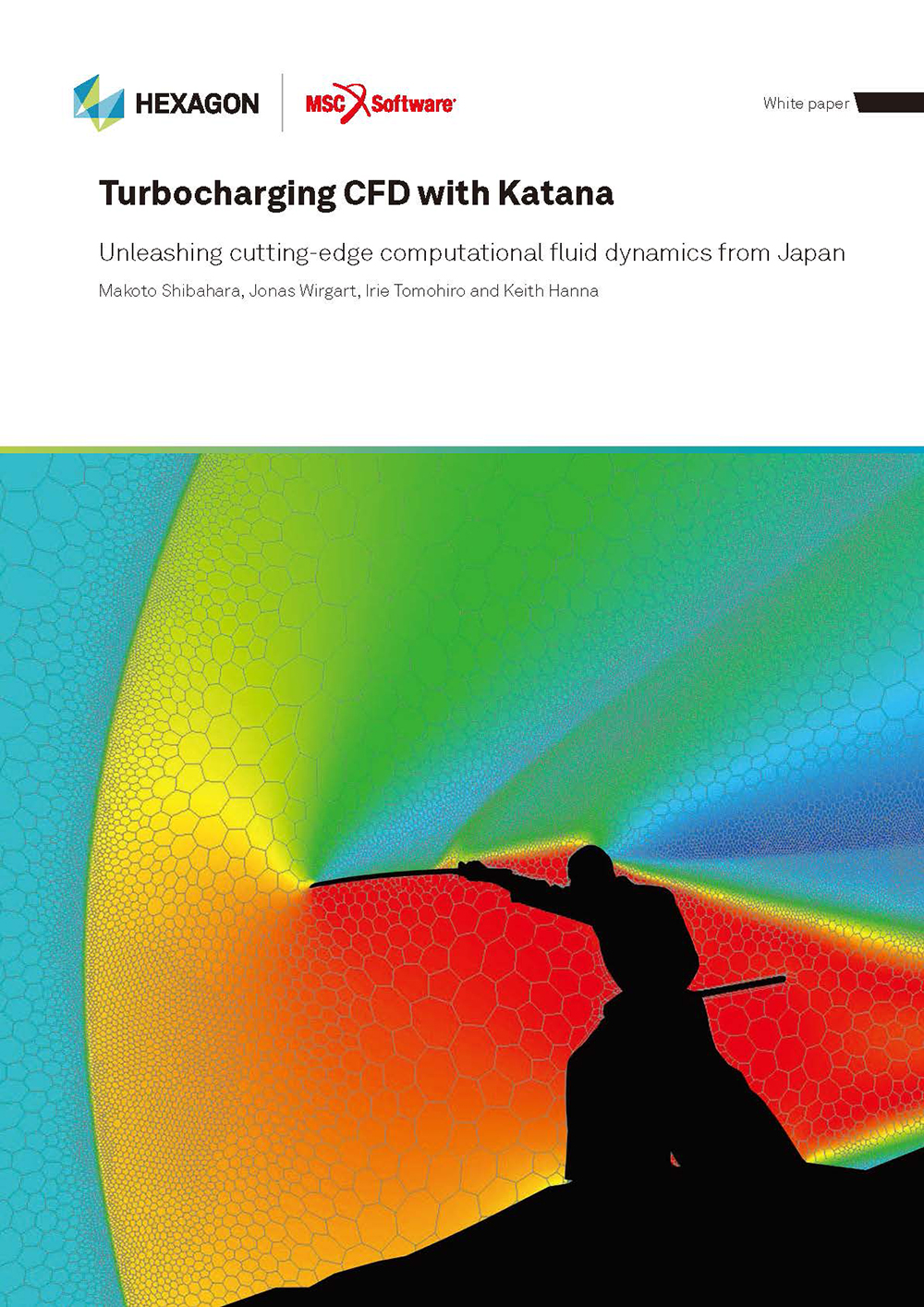Want to Know More! Basics of Thermo-Fluid Analysis 1: Introduction

Introduction
Thermo-fluid analysis , or numerical simulation of flow and heat transfer, is utilized in the field of product design and development as the “third means” following experiments and theories. Thanks to the recent improvements of hardware performances and the popularization of 3D CAD software, it seems that the need for thermo-fluid analysis has become even greater.
In the past, analysis specialists handled most of thermo-fluid analysis tasks. In these days, however, thermo-fluid analysis is conducted more often, and there are increasing cases where non-specialists are to perform thermo-fluid analysis.
To make full use of thermo-fluid analysis software, it is good to know the theories of fluid and heat transfer. It is not easy, however, for non-specialists to learn these theories by themselves, and it requires a large amount of time.
In this article series, therefore, we would like to introduce the basics of fluid, heat transfer, and thermo-fluid analysis as plainly as possible to get a foothold for learning the theories. As for the contents, we try to avoid complex technical expressions or from equations and try to use many illustrations to aid understanding so that the knowledge can be put to practical use in a short time. For these reasons, there may be some expressions lacking accuracy, and we would appreciate if you point it out if that is the case.
This series has many overlapping contents with the ‘Basic Course of Thermo-Fluid Analysis’ series; nevertheless, it also has newly revised contents in a way for the new readers to be able to read through without feeling out of place. Advanced contents will be indicated with the Want to Know More label, and they can be skipped if they appear too difficult.
The SI unit system is used for the units unless otherwise specified. The blue-letter-words, like Sample , are linked to the CAE Glossary - there may be words that are not listed yet and are planned to be listed later. We hope this article series will support your engineering tasks.

About the Author
Atsushi Ueyama | Born in September 1983, Hyogo, Japan )
He has a Doctor of Philosophy in Engineering from Osaka University. His doctoral research focused on numerical method for fluid-solid interaction problem. He is a consulting engineer at Software Cradle and provides technical support to Cradle customers. He is also an active lecturer at Cradle seminars and training courses and the author of serial articles Basic Course of Thermo-Fluid Analysis.


